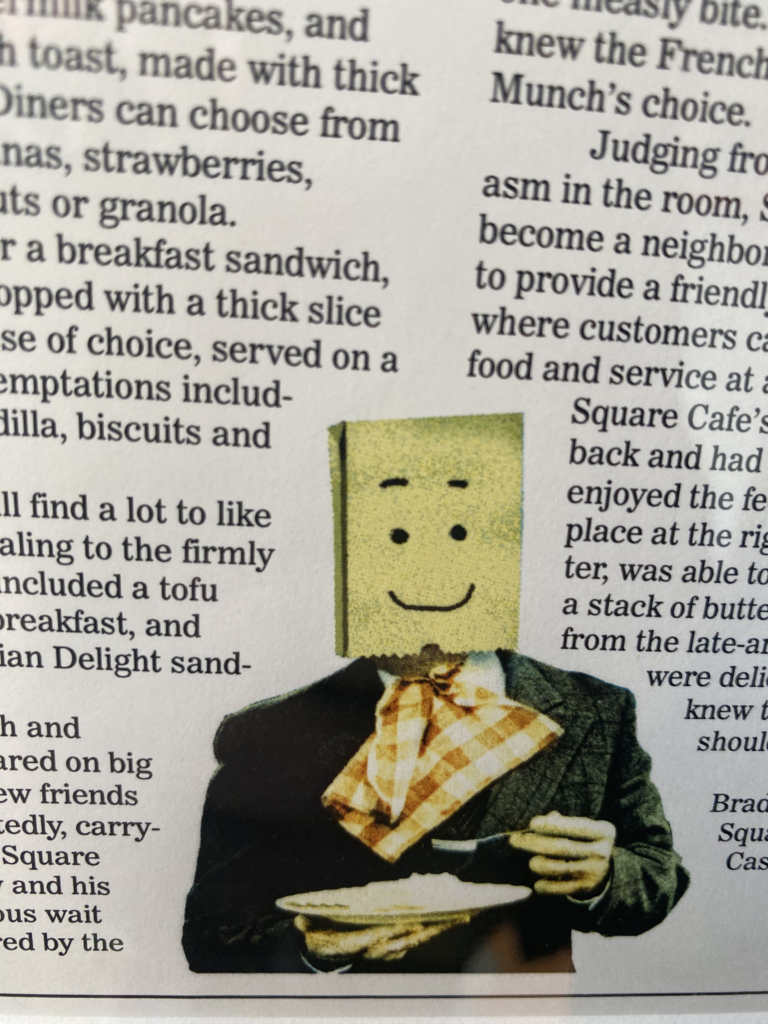
Earlier today, I typed this very website into my browser — https://danoshinsky.com — and nothing came up.
There was an error message on screen. So I typed in a different URL, and then a third. Those pages loaded correctly — it was just my website that wasn’t loading.
A decade ago, this would’ve been a crisis for me. I would’ve spiraled, and started frantically Googling stuff to figure out a fix. It would’ve ruined my afternoon.
But I’ve seen a few things at this point. I’ve had website errors; I’ve dealt with a few tech situations. I’m no IT person, but I can handle a few small things.
So I went through the options, and within about two minutes, had figured out the issue. I hopped on the phone with my hosting service, and three minutes later, my website was up and running again.
It’s nice to know that I can handle certain small issues like this. But it’s also a nice reminder: The older we get, and the more stuff we run into, the easier it is to handle problems like this.
The first time you run into something, it’s a crisis. But the third time you’ve dealt with it? The fifth? The tenth?
It’s not a crisis — it’s an issue. It’s something small you can handle.
You’ll learn how to handle it, and the next time, it won’t seem quite so bad.
———
That photo of a 404 error page comes via Erik Mclean and Unsplash.









